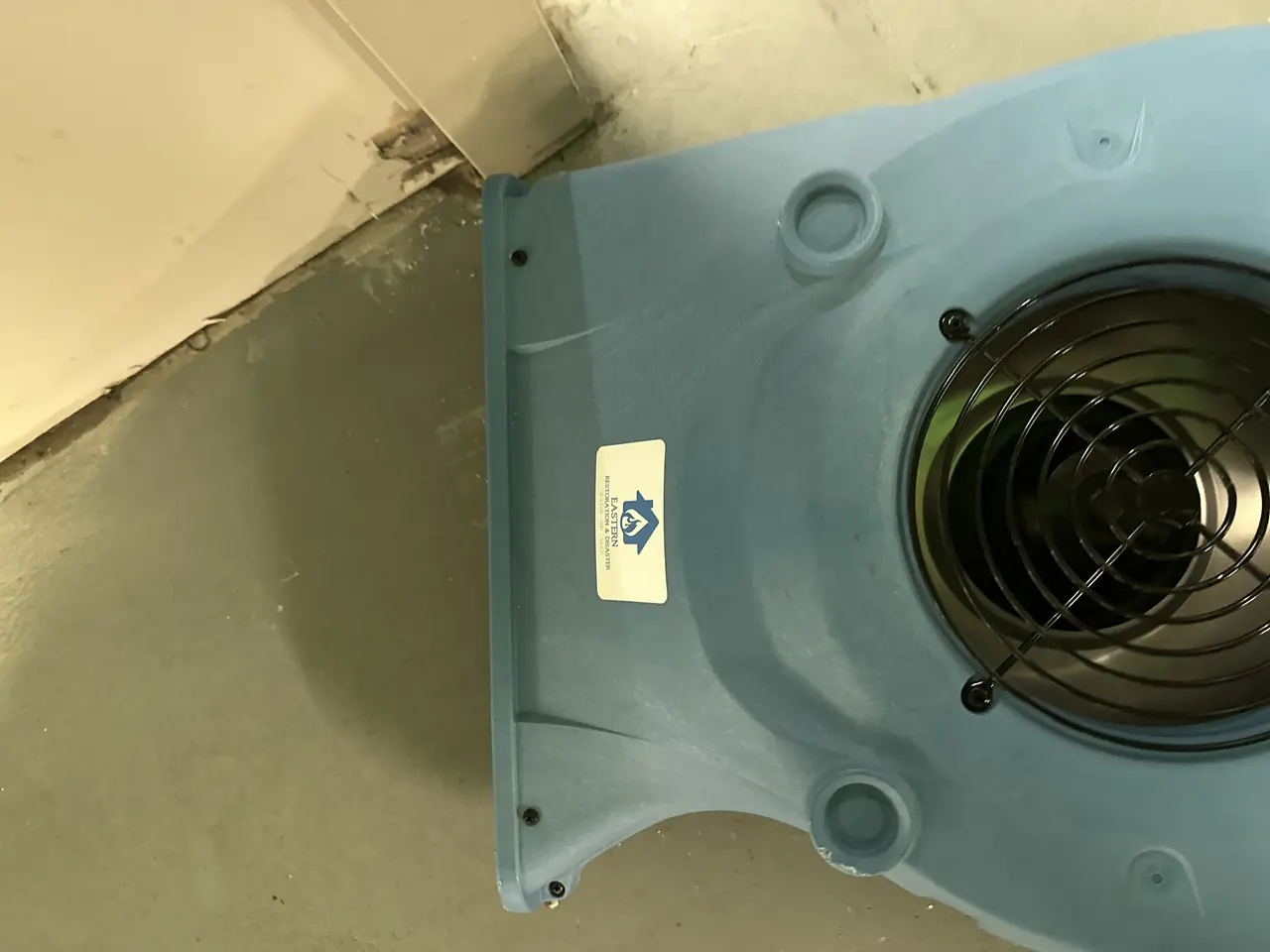Common Myths and Facts About Water Damage Restoration
Debunking common misconceptions
Water damage restoration is often surrounded by myths that can lead to confusion and misinformation. One common misconception is that water damage is only a concern after major floods or storms. In reality, water damage can occur due to various reasons, such as burst pipes, leaky roofs, or even malfunctioning appliances. It's crucial to understand that water damage can happen in any home or building, regardless of the location or weather conditions.
Another myth is that water damage is purely a surface-level issue. However, the reality is that water can seep into hidden areas, leading to structural damage and mold growth if not addressed promptly. It's essential to realize the potential long-term consequences of untreated water damage and take appropriate action to mitigate further problems.
Some people believe that DIY methods are sufficient for water damage restoration. While small incidents like minor leaks may be manageable with DIY efforts, significant water damage situations require professional intervention. Trained experts have the knowledge, experience, and specialized equipment to handle water damage effectively, ensuring thorough restoration and minimizing risks of secondary issues.
One prevalent misconception is that insurance always covers water damage restoration. While insurance policies may include coverage for specific water damage incidents, it's essential to review your policy details carefully. Some types of water damage, such as gradual leaks or neglect-related issues, may not be covered. Understanding your insurance coverage can help you make informed decisions in case of water damage emergencies.
Understanding the causes of water damage
To effectively prevent and address water damage, it's crucial to understand the common causes behind it. One main cause of water damage is poor plumbing maintenance. Leaking pipes, clogged drains, or deteriorated seals can all contribute to water intrusion within a property. Regular maintenance checks and timely repairs can help mitigate these risks.
Weather-related factors also play a significant role in water damage incidents. Heavy rain, snowmelt, or storms can lead to flooding, putting properties at risk of water damage. Proper drainage systems, well-maintained gutters, and strategic landscaping can help divert water away from the property, reducing the likelihood of water damage.
Appliance malfunctions are another common cause of water damage. Issues like faulty washing machine hoses, water heater leaks, or refrigerator malfunctions can result in water leakage within a home. Regularly inspecting appliances, replacing worn components, and addressing any leaks promptly can help prevent potential water damage scenarios.
The importance of swift action in water damage situations
Swift action is crucial when dealing with water damage to prevent further escalation of the problem. The longer water remains stagnant in a property, the higher the risk of structural damage, mold growth, and potential health hazards. Immediate response and water extraction are vital to minimize the extent of damage and restoration costs.
Addressing water damage promptly can also help salvage personal belongings and valuable items within the affected area. Quick removal of water, drying procedures, and restoration efforts can increase the chances of saving items that hold sentimental or monetary value. Acting fast can make a significant difference in the outcome of a water damage incident.
Moreover, quick action in water damage situations can help restore the indoor environment to a safe and healthy state. Mold growth can begin within as little as 24-48 hours after water exposure, posing risks to respiratory health and property integrity. By acting promptly and engaging professional restoration services, you can ensure a thorough cleanup and restoration process.
Professional restoration vs. DIY techniques
When facing water damage, the choice between professional restoration and DIY techniques can significantly impact the outcome. While attempting DIY water damage restoration may seem cost-effective initially, it can lead to incomplete drying, hidden moisture pockets, or inadequate remediation of damage. Professionals use advanced techniques and equipment to ensure a comprehensive restoration process.
Professional restoration services not only provide expertise in water extraction, drying, and restoration but also offer mold remediation and structural repairs if needed. The comprehensive approach of professional restoration can address underlying issues and prevent future complications, ensuring a safe and fully restored environment for occupants.
Choosing professional restoration over DIY methods also saves time and relieves the stress of handling complex restoration tasks independently. Experienced technicians can assess the extent of damage, develop a tailored restoration plan, and execute the process efficiently, minimizing disruptions and ensuring thorough restoration of the property.


